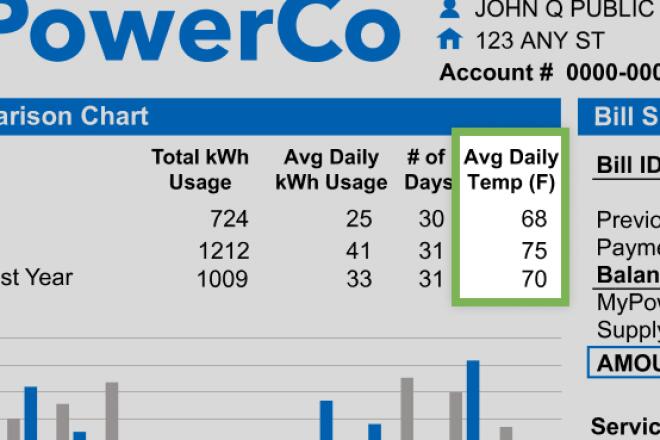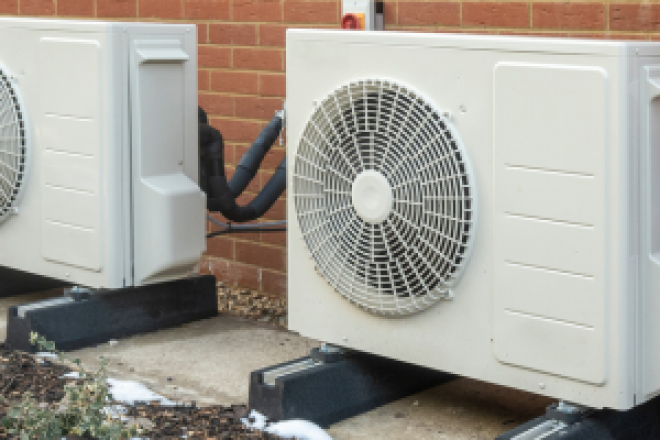
3 Reasons to Consider a Smart Thermostat for Your Home
Smart thermostats emerged more than a decade ago with first-generation models from ecobee and Google Nest and have since become one of the most well-known and popular smart home devices. And for good reason as these devices promise numerous benefits around convenience, comfort and energy savings.
Smart thermostats automate a heating and cooling schedule based on your inputs or habits and make it possible to adjust the temperature of your home from wherever you are. Some smart thermostats automatically detect when you’re home or away, are able to be controlled by voice commands and have other useful features.
In this month’s blog, we look at three reasons to consider upgrading to a smart thermostat:
1. The cost-saving benefits have been proven in several studies.
While you can save on your heating and cooling costs by diligently adjusting your thermostat to the temperatures deemed ideal by the Department of Energy or by using a non-smart, programmable thermostat, smart thermostats make optimizing your home’s heating and cooling much, much easier – and, according to an article from Consumer Reports, there’s “good evidence that smart thermostats can help most users save money”.
Consumer Reports cites two studies showing proven, real-life savings. In one, data gathered by the Environmental Protection Agency demonstrates that Energy Star smart thermostats save consumers an average of eight percent on their utility bills. And a study of smart thermostats in low-income, multifamily housing found similar savings, which equals about $50 per year. However, Energy Star says that “homes with high heating and cooling bills could save up to $100 a year”, meaning your device could pay for itself pretty quickly.
2. Affordable models are now on the market – and rebates can help too.
When the second-generation Nest Learning Thermostat debuted in 2014, the going price for a smart thermostat was $250 or more – no small investment even considering the energy savings. However, as the smart thermostat market has matured, there are more options out there for every budget. According to the latest list from CNET, the Amazon Thermostat at just $65 is the best smart thermostat on the market, while affordable models from Wyze ($49) and Honeywell ($140) also received high marks from the outlet.
However, there is another way to get affordable smart thermostats today – even top-of-the-line models from ecobee and Google Nest. Many energy companies offer rebates or other incentives to help their customers access these devices, since they can help manage the electric grid. It’s not uncommon to see rebates that cover half of the sticker price (or more), and Energy Star has a Rebate Finder that can help you find rebates for your zip code.
3. Demand response programs and electric rate plans can amplify the benefits.
Finally, smart thermostats make it easier to participate in new programs and rate plans that can save you additional money on your energy bills, while also having pretty substantial benefits for the environment and the electric grid. With a traditional rate plan, you pay the same price per kilowatt-hour (kWh) of electricity regardless of when it’s used. However, with demand response programs and certain rate plans, you can save money or receive bill credits if you avoid using energy during peak periods of high demand.
In general, these rate plans and programs try to better account for fluctuations in the cost to generate and deliver energy at different times of the day. The most common of these rate plans is the time-of-use rate, where the day is divided into two or three blocks of varying prices. If you avoid the costliest block (usually around 4 to 8 p.m.) as much as possible, you’ll likely save a bit of money. Smart thermostats can help you automatically adjust your heating and cooling outside of these expensive times, saving you even more.
Since heating and cooling accounts for the largest portion of a home’s energy use, a smart thermostat is a great way to cut down your home’s energy usage. If you’re interested in purchasing a smart thermostat, a good first step is reaching out to your energy company (or visiting their website) to see if there are any rebates or programs that apply to you and can help increase your savings.
To learn more about smart thermostats and their benefits, watch our 60-second video on YouTube here.



